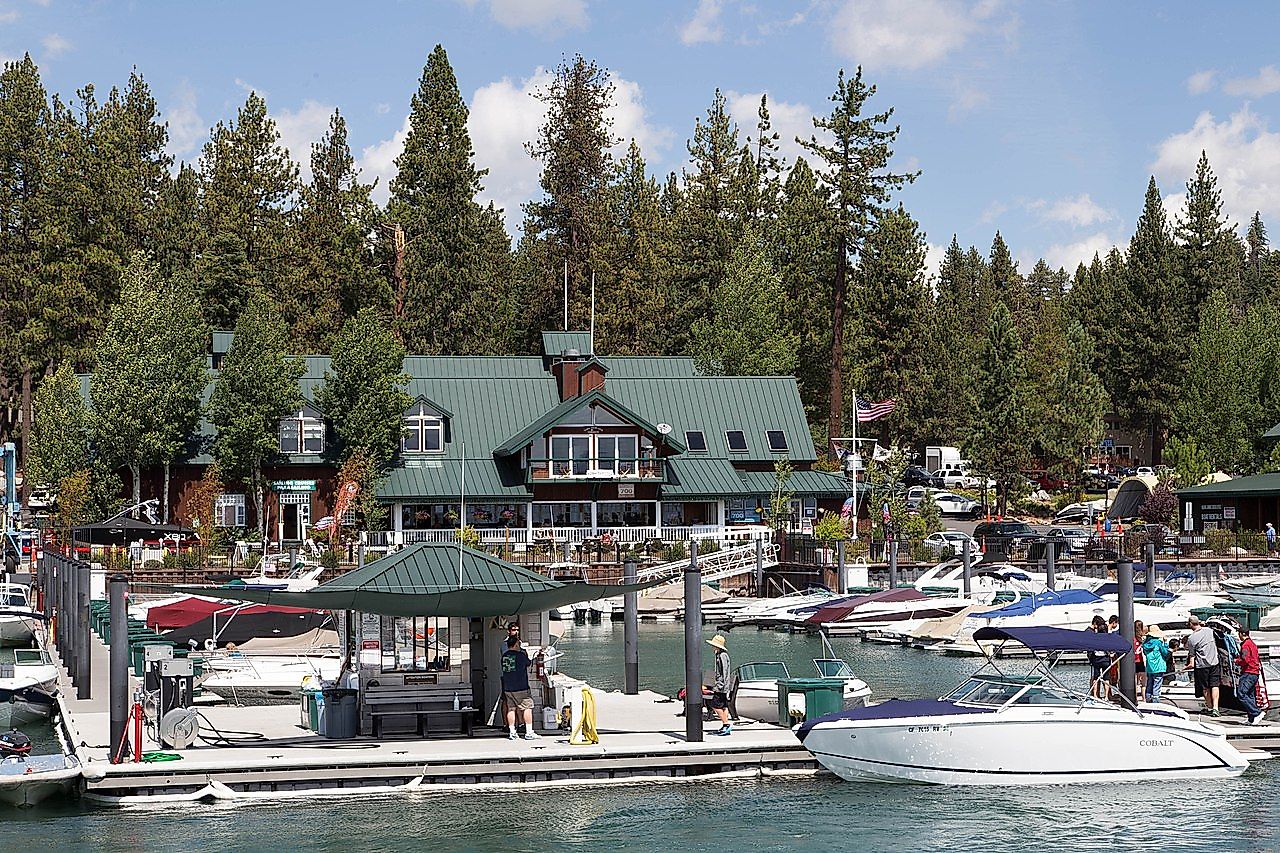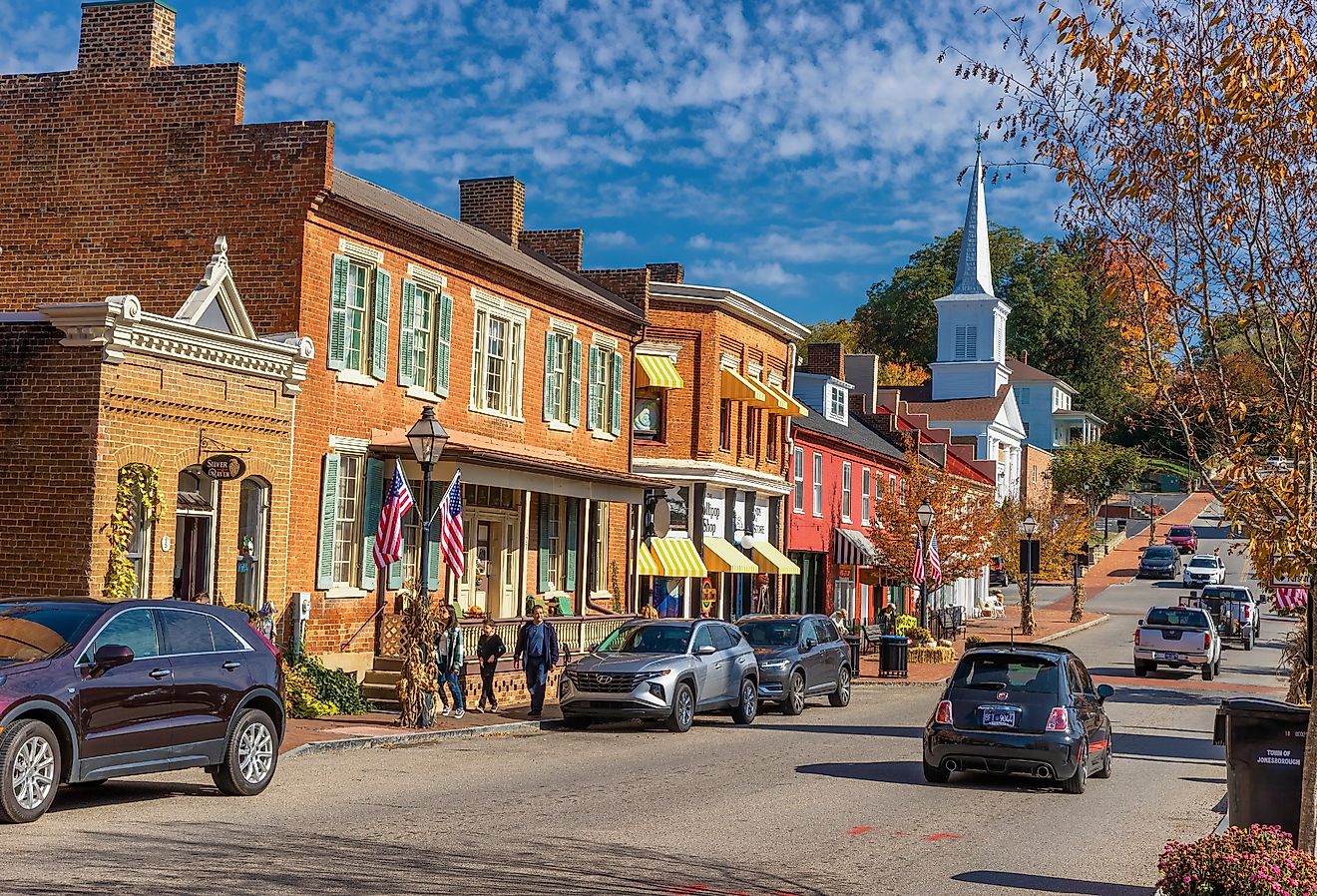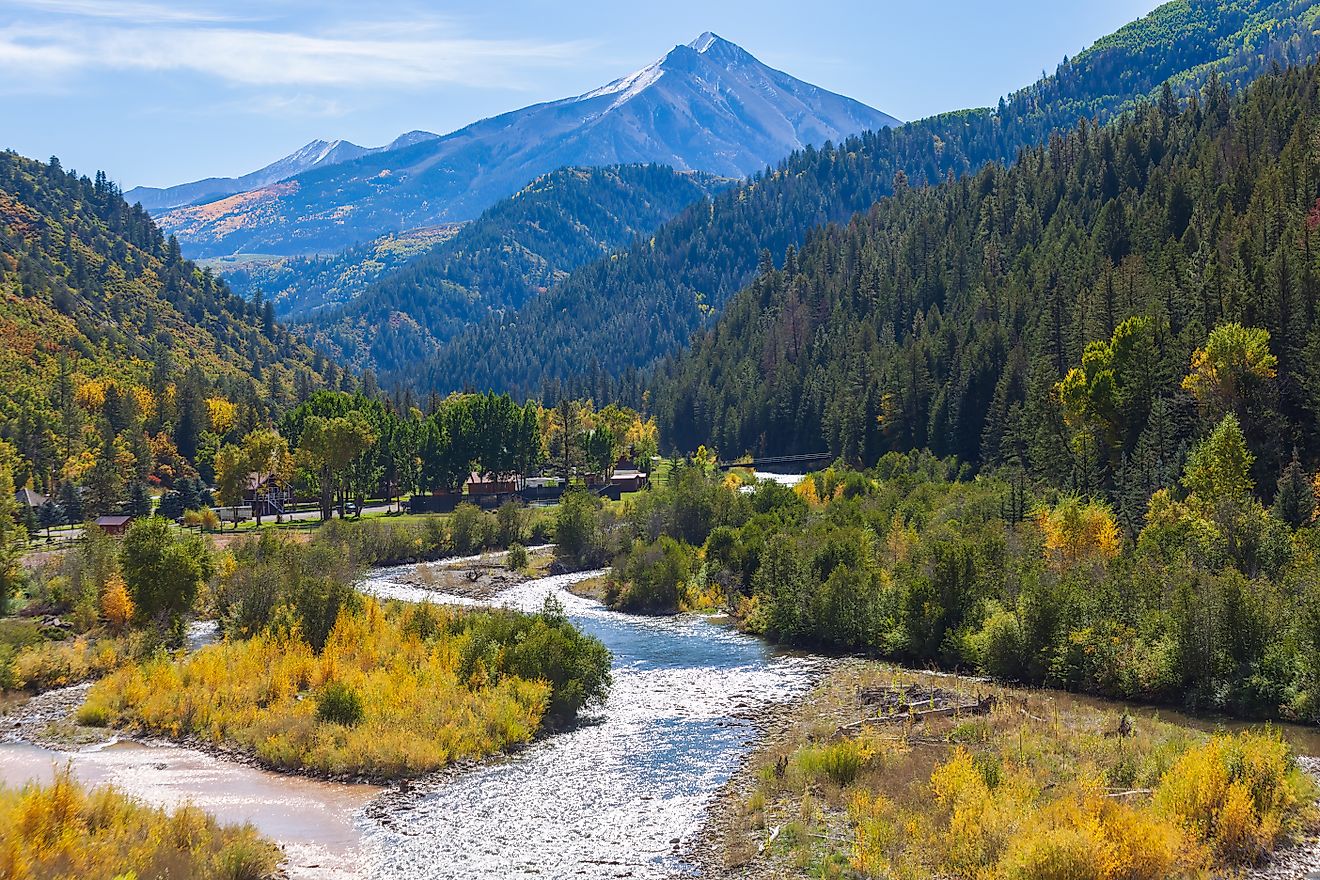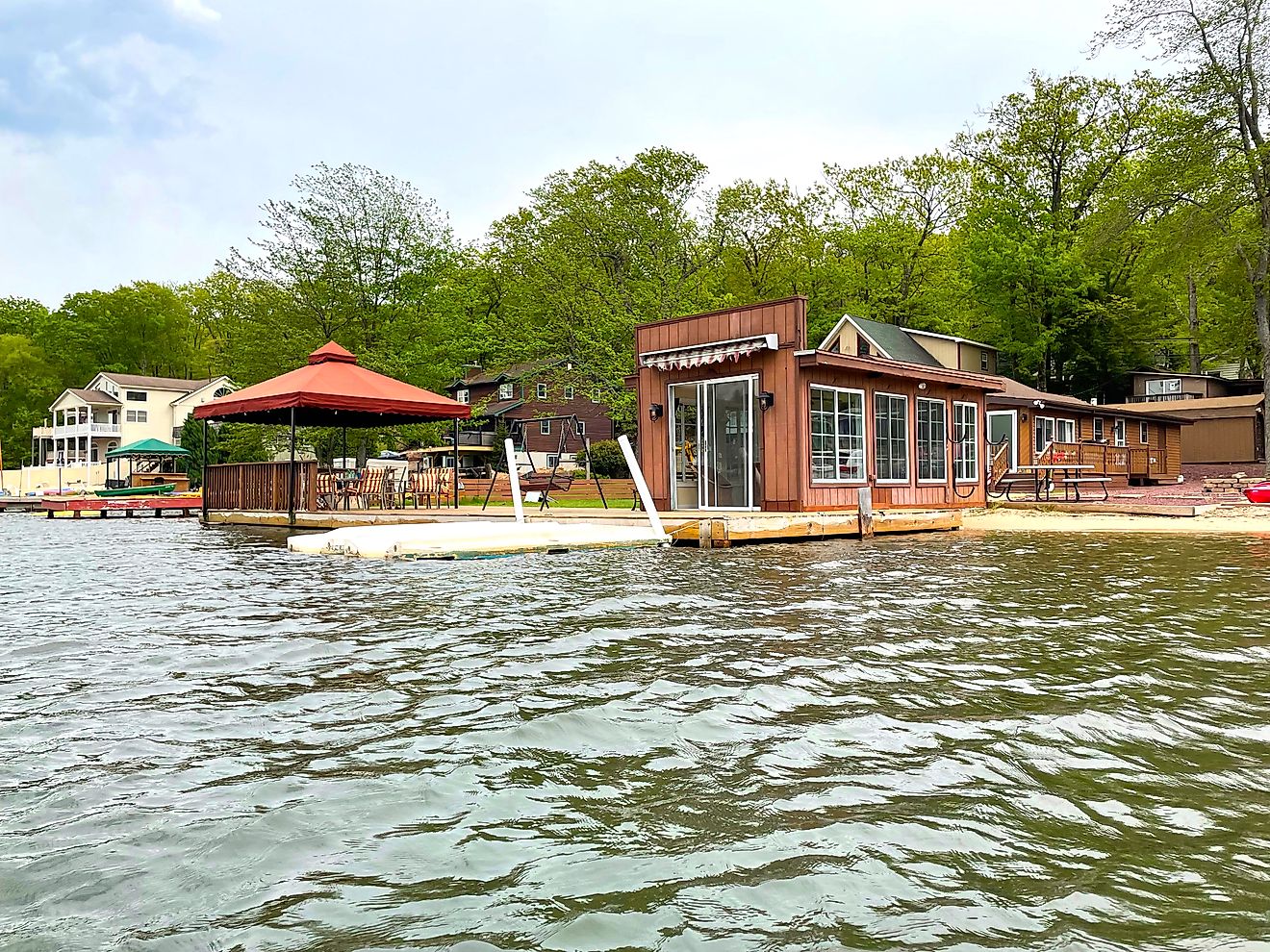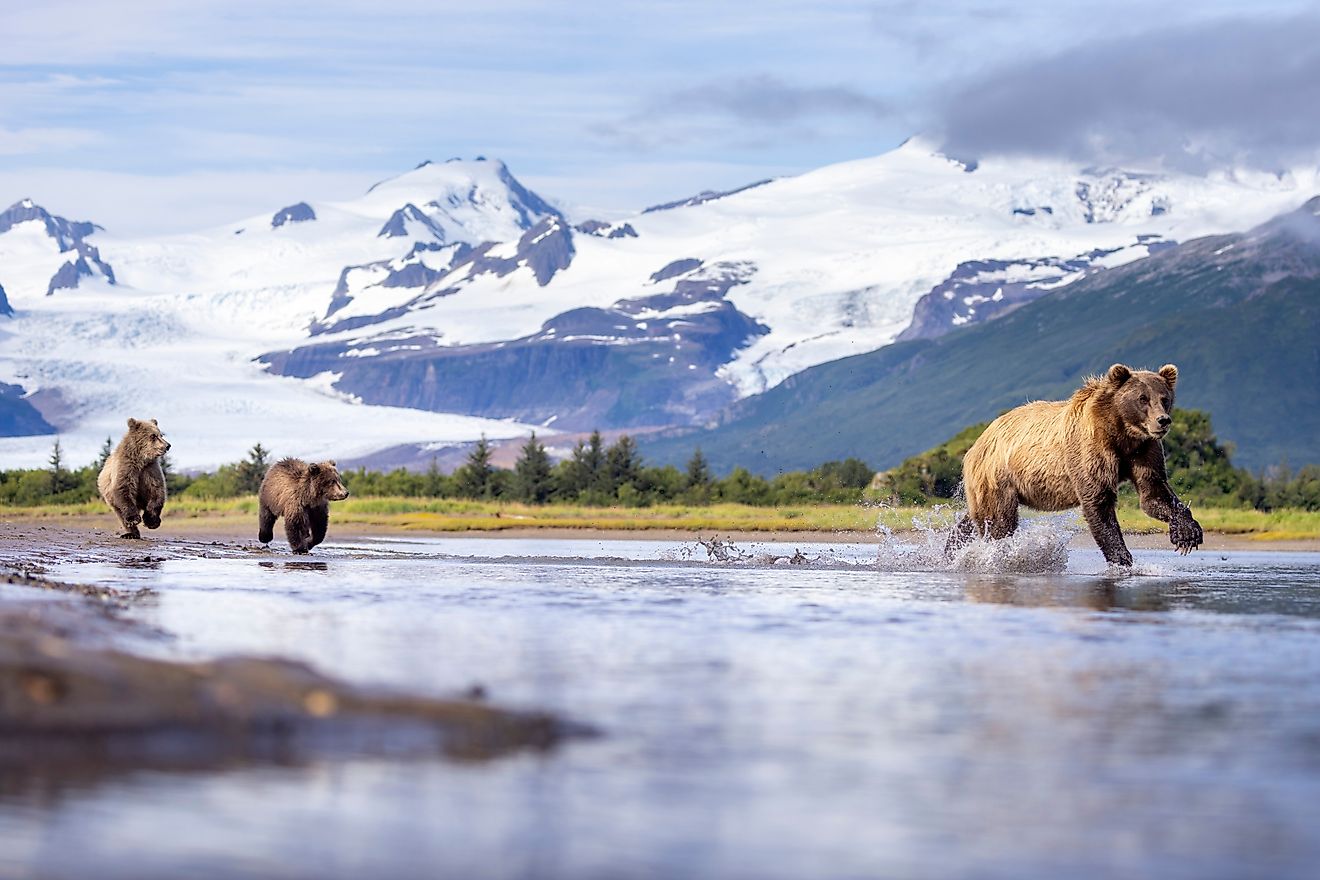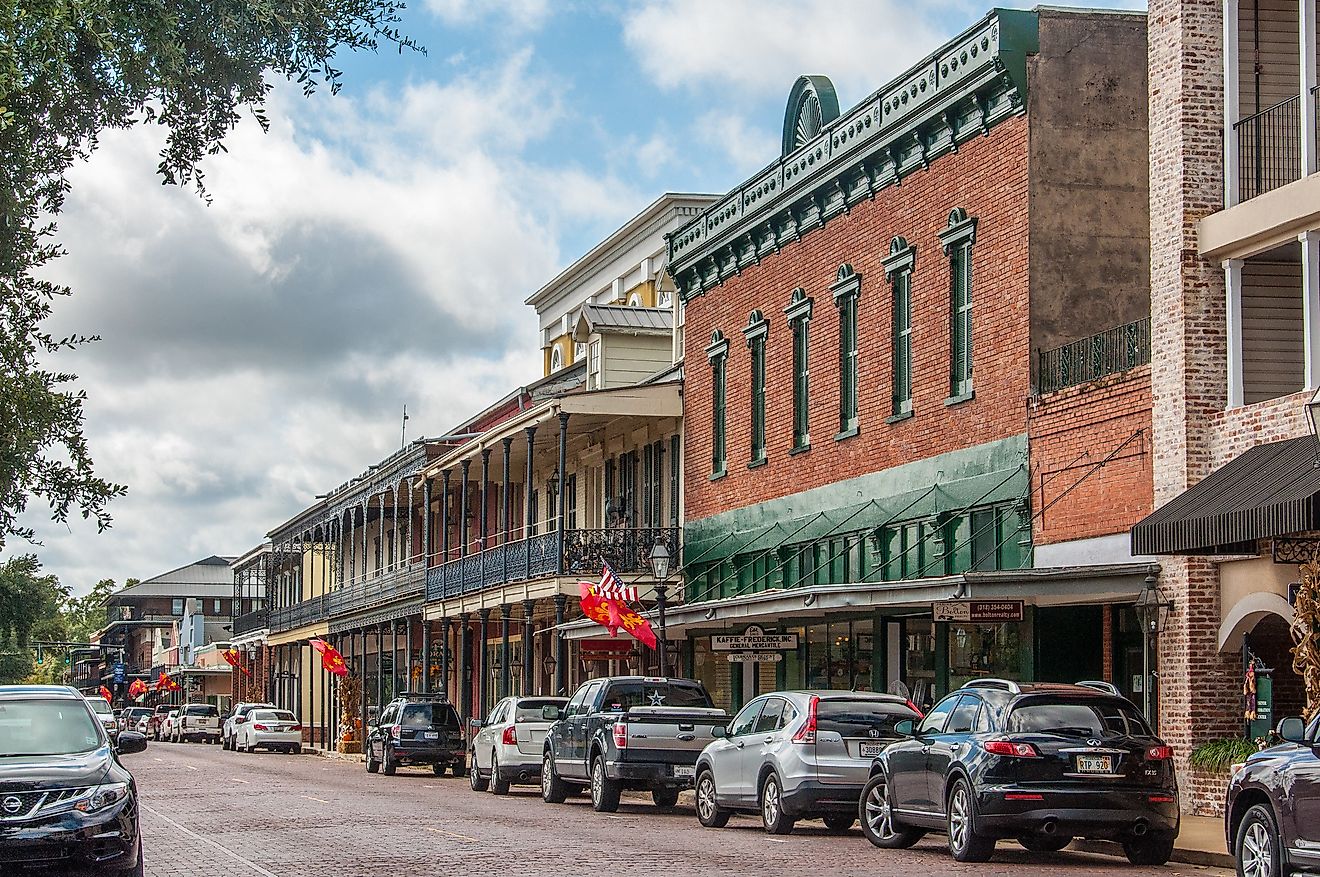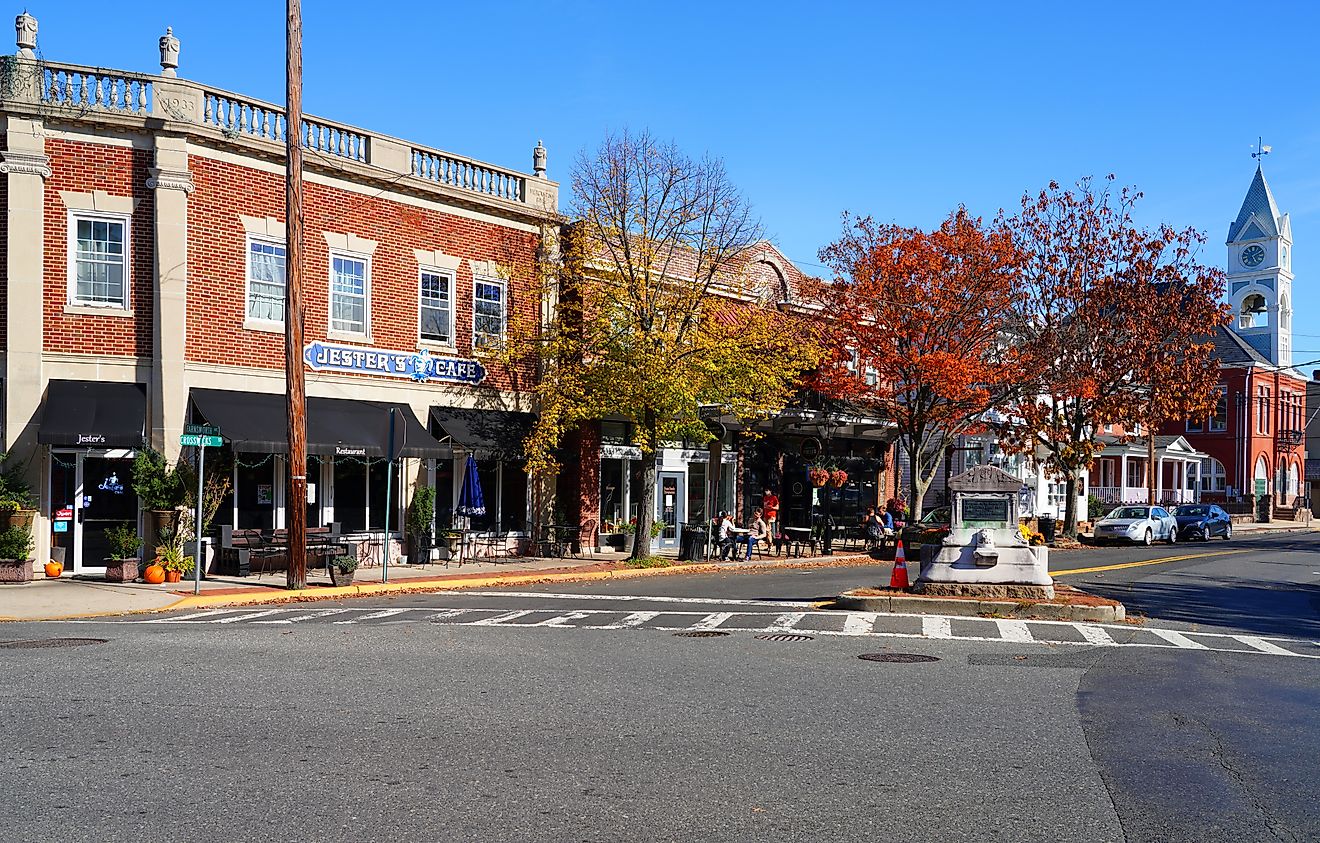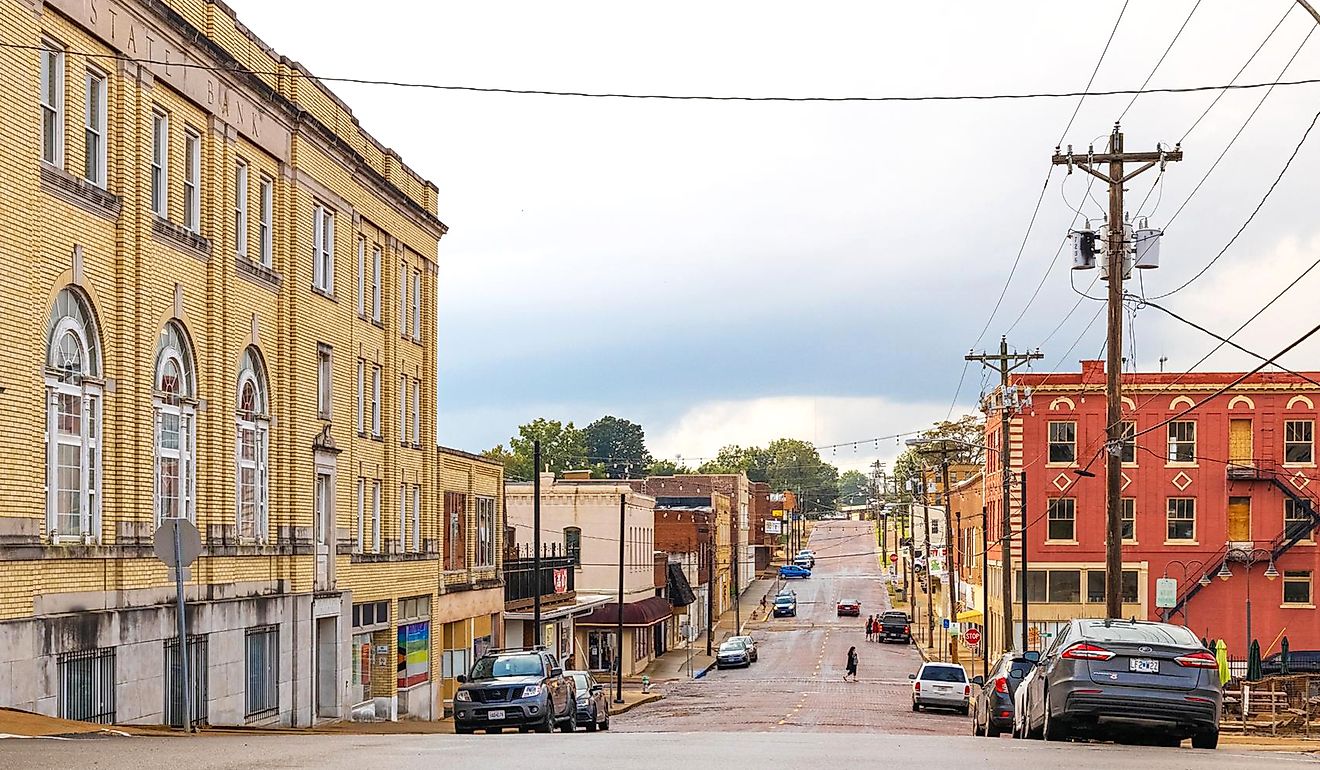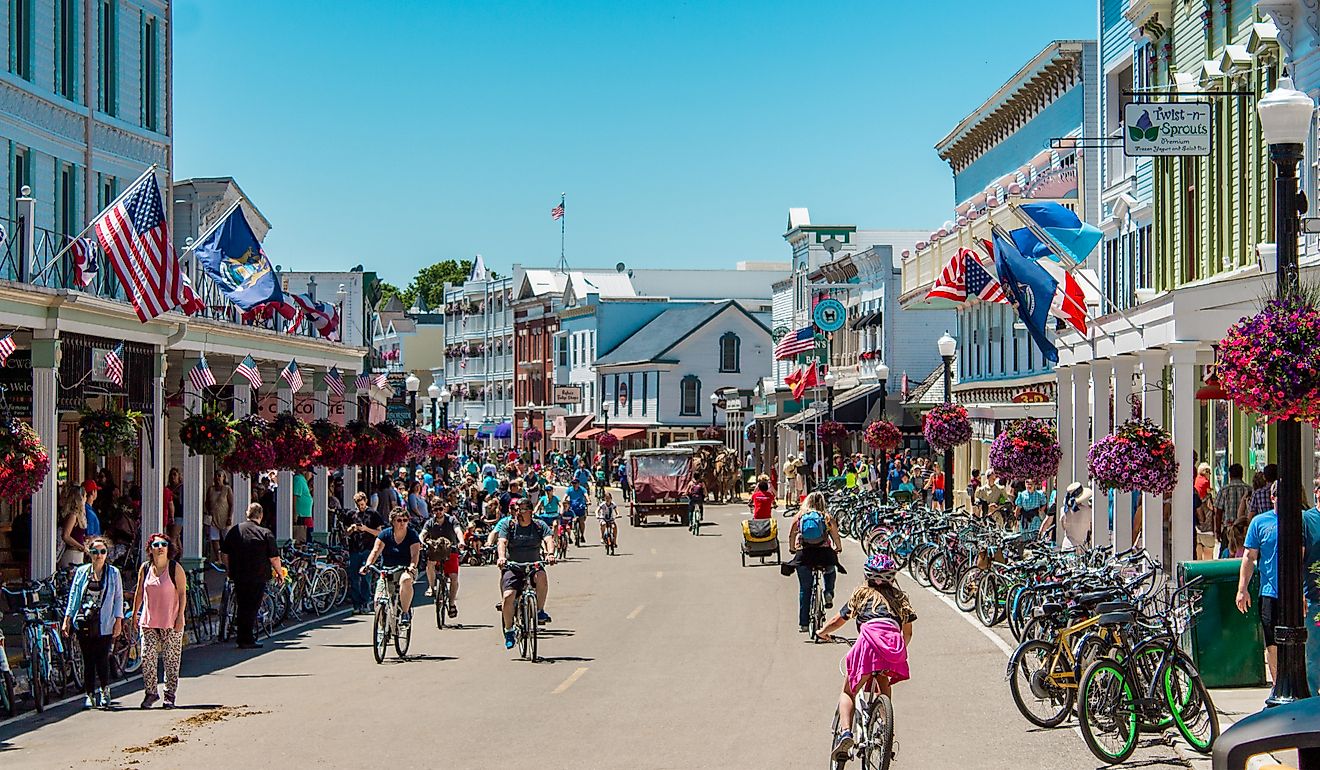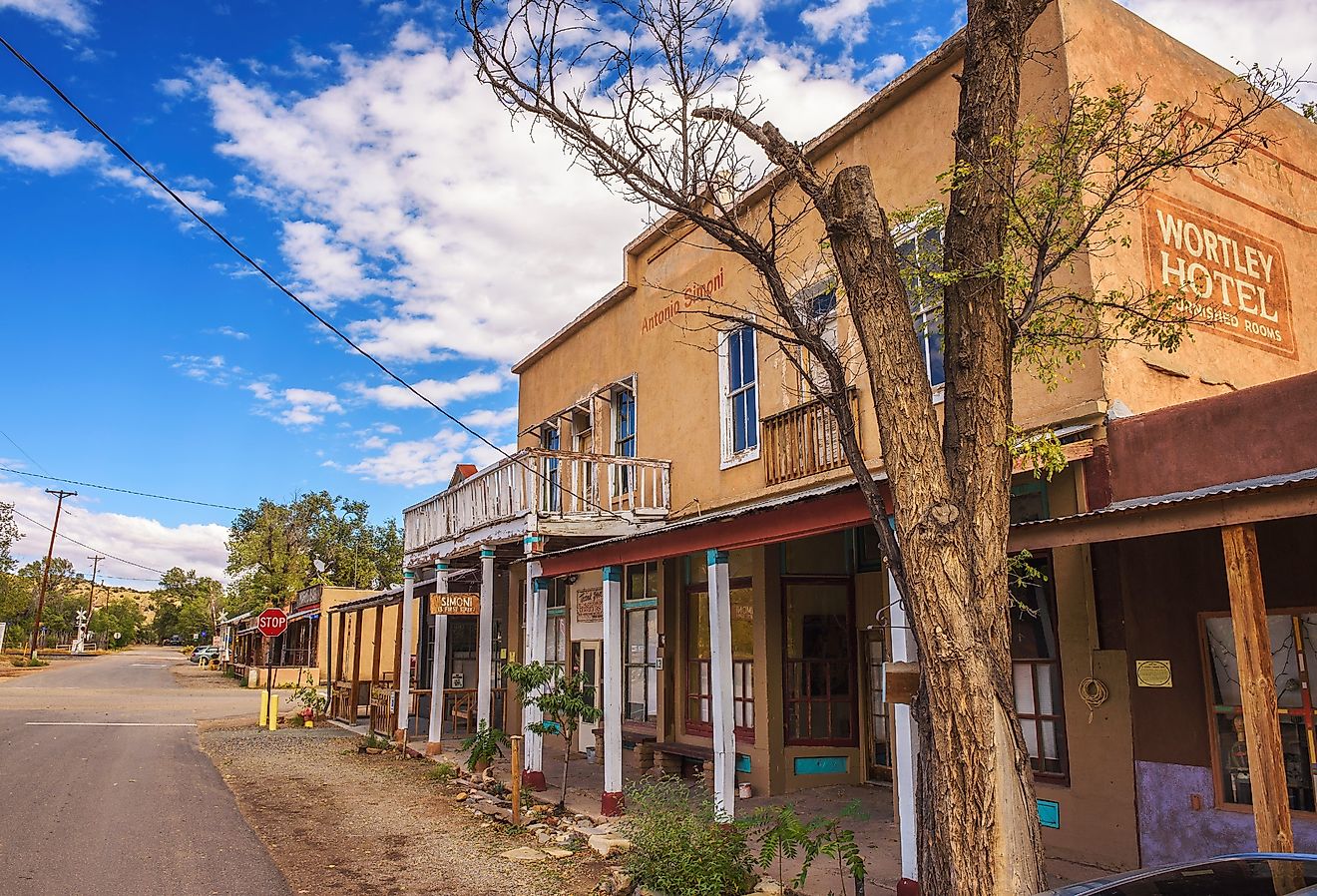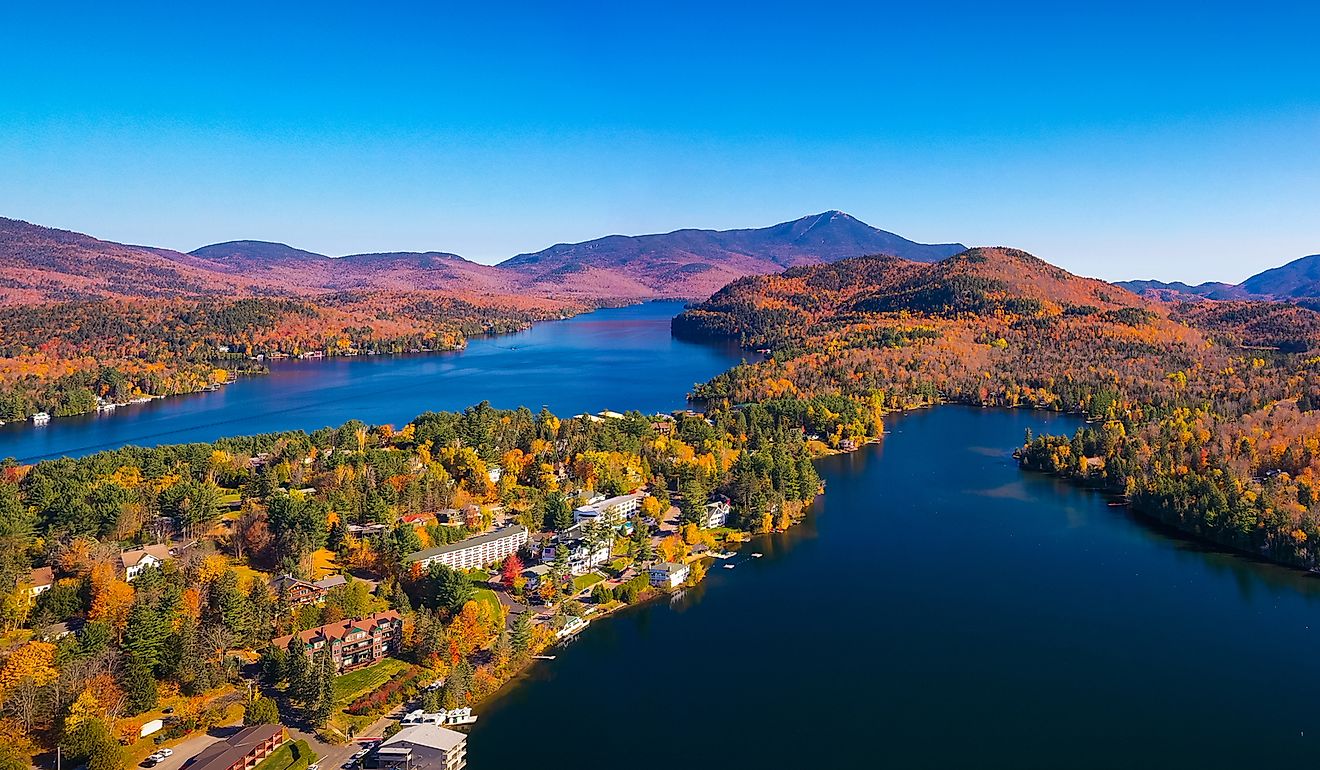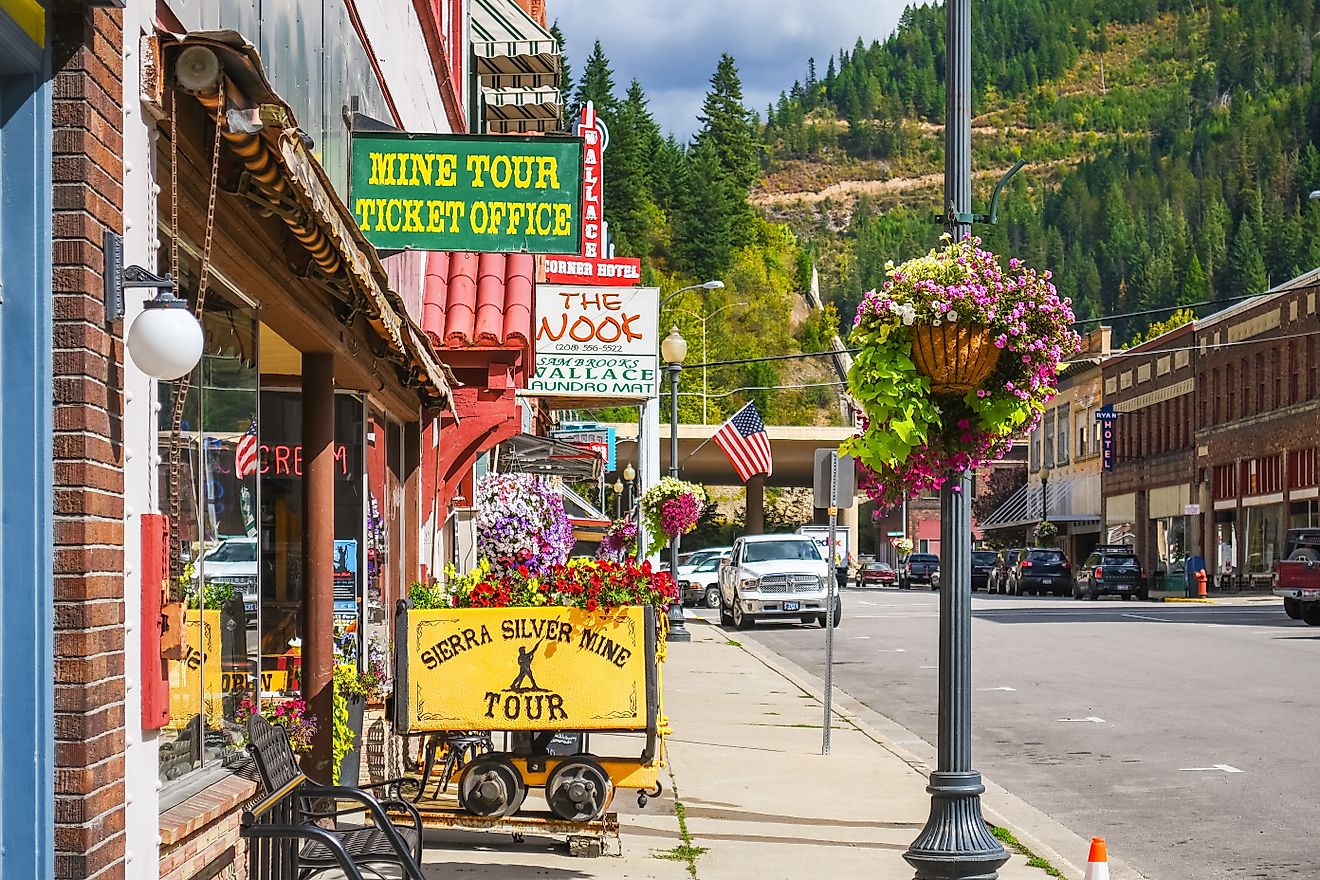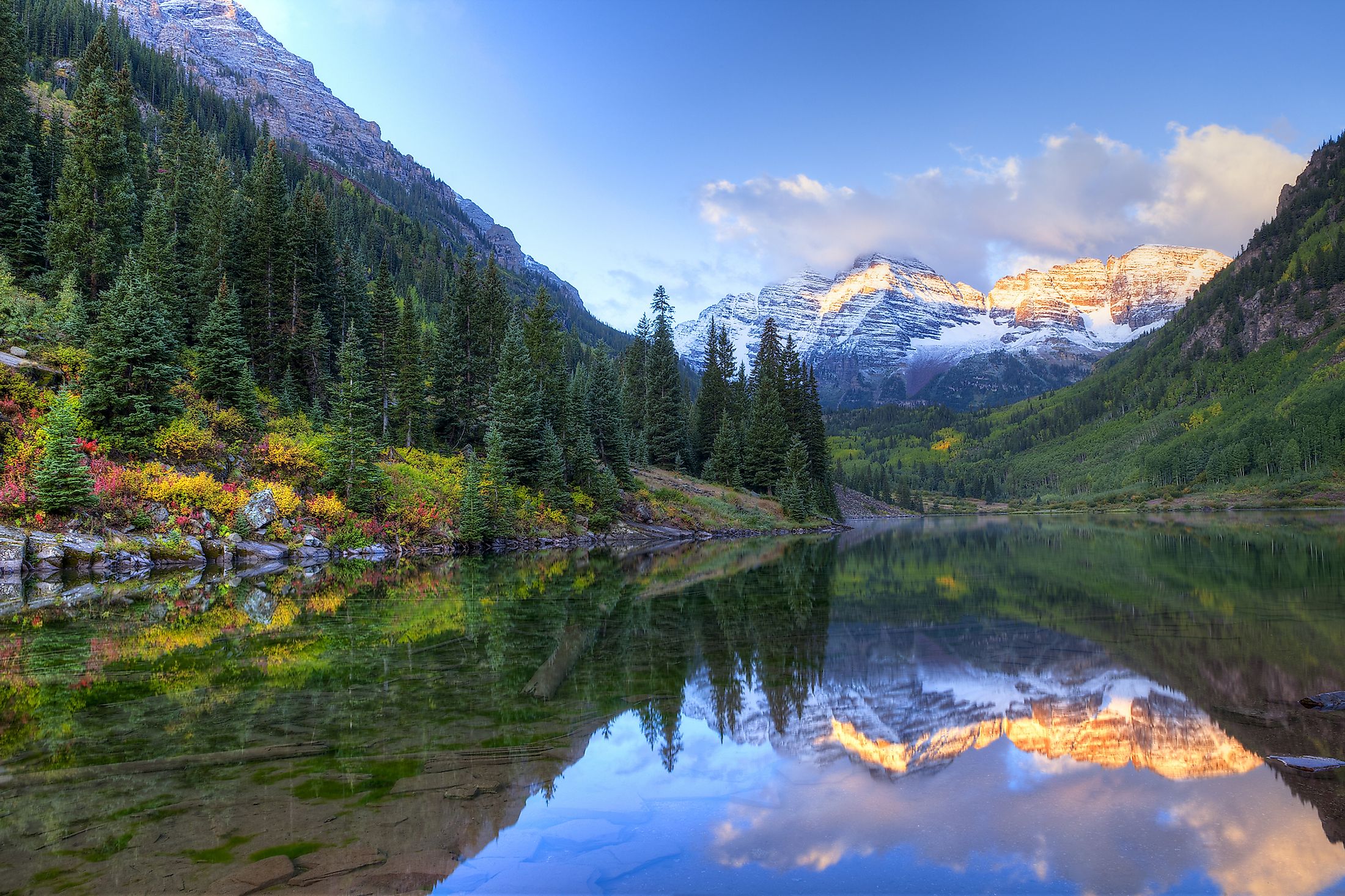
White River National Forest
The White River National Forest is located in northwest Colorado, the United States of America. The forest is named after the White River that passes through its northern part. It is located in parts of Eagle, Garfield, Summit, Pitkin, Rio Blanco, Routt, Mesa, Gunnison, and Moffat counties. The forest spans over 9,000 sq. km and is the most visited National Forest in the country.
Geography And Geology Of The White River National Forest
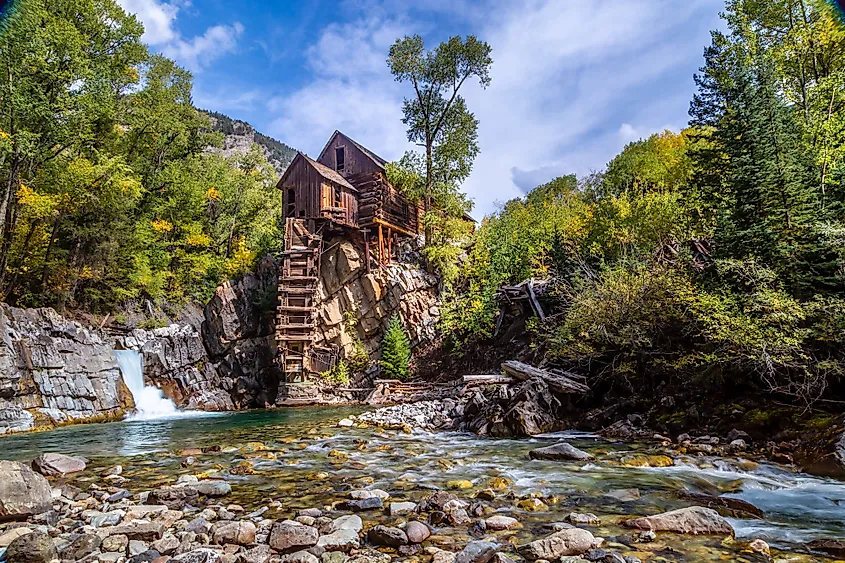
The White River National Forest is located in western Colorado within the Southern Rocky Mountain Province. The northern part of the forest is situated on the Colorado Plateau. The White River National Forest is bounded on the south and east by the Colorado River, on the north by the Green River Basin, and on the west by the Uinta Basin.
The northern segment of the Plateau is a large area of late tertiary andesitic and basaltic remnants of volcanic activity which form the Flattops. From the Flattops to the Colorado River south and east, the segments are characterized by level to rolling topography severely dissected by streams and rivers that form deep canyons. Sedimentary deposits of limestone and sandstone are found heavily in these segments of the Plateau.
The southern White River National Forest, south of the Colorado River and west of the Core and Mosquito Ranges, comprises two major mountain systems. The Sawatch Range dominates the southeastern part of the forest, while the Elk and West Elk Mountains are westward continuations of the Sawatch Range and characterize the southwestern White River National Forest.
The Climate Of White River National Forest
Precipitation in the White River National Forest increases with elevation. Mean annual precipitation varies between 51 and 64 cm at 2,590 m in the Populus tremuloides forest zone to around 89 to 102 cm at 3,050 m in the Abies lasiocarpa forest zone. The mean annual temperature in the Populus tremuloides forest zone is about 5 ° C and 1 ° C in the Abies lasiocarpa forest zone.
Brief History Of White River National Forest
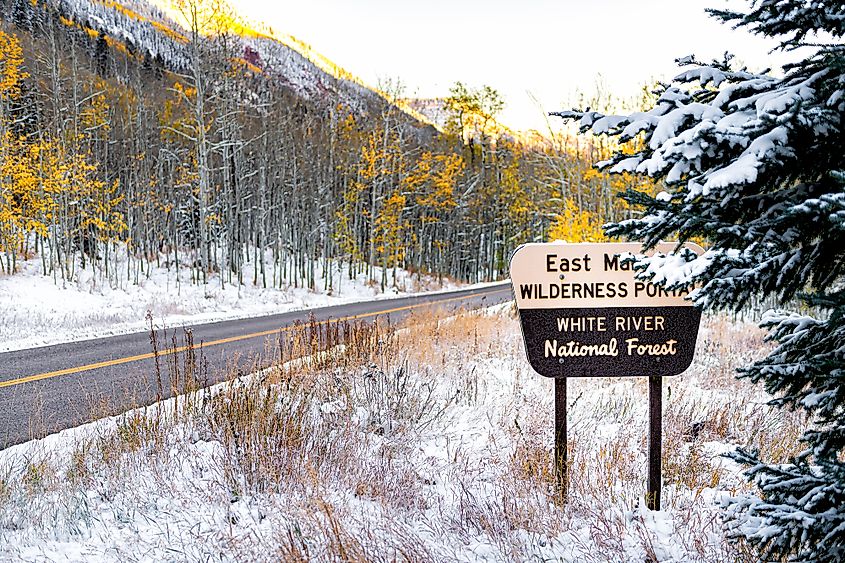
In October of 1891, President Benjamin Harrison passed an executive order, and the White River Plateau Timberland Reserve, the precursor of the White River National Forest, was set aside. The reserve spanned over 4,451 sq. km making it the first in Colorado and second in the nation. Less than a decade later, Charles Ramer was appointed the first supervisor who hired three rangers.
The White River hosted President Theodore Roosevelt in 1901, who hunted mountain lions and successfully killed a trophy mountain lion that measured 2.5 m in length and weighed more than 99 kg. Roosevelt pushed to reduce the reserve size by 246 sq. km in 1902 and 643 sq. km in 1904. In 1905, the name "forest reserves" was replaced by "national forests" following an Act of Congress to indicate that such areas' resources were not locked up for some distant future.
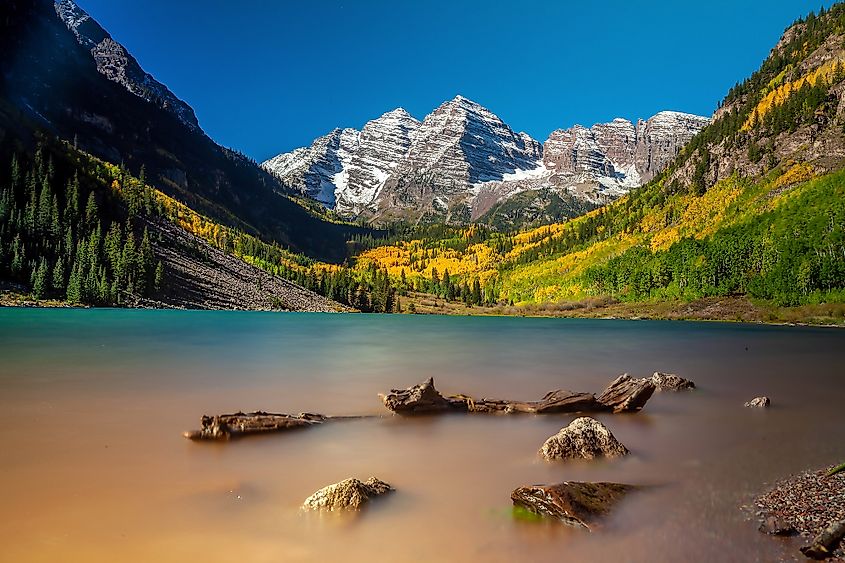
In 1932, The White River received its first designation when Chief Forester R. Y. Stuart established the Flat Tops Primitive Area. In 1936, The White River National Forest started gaining national recognition as a skier's paradise with the Hayden Peak ski area proposal. Skiing in the forest began booming in the 1960s. Vail Snowmass and the other regions were opened and attracted thousands of skiers from all over the nation. During the early 1970s, the Blue River Corridor and Green Mountain Reservoir were added to the White River National Forest System, bringing more growth to the forest.
Habitat And Biodiversity Of White River National Forest
Wildlife species are diverse in the White River National Forest. The forest is home to many animals, including black bears, Mountain lions, moose, mule deer, red fox, and bats. Black-footed ferret and lynx, two endangered species, are also residents of the White River National Forest. The forest provides ample habitat for a large variety of birds, including the bald eagle, osprey, and flammulated owls. Flora includes aspen groves, various pines, columbine, juniper, and scentless chamomile (an invasive species).
Visiting White River National Forest
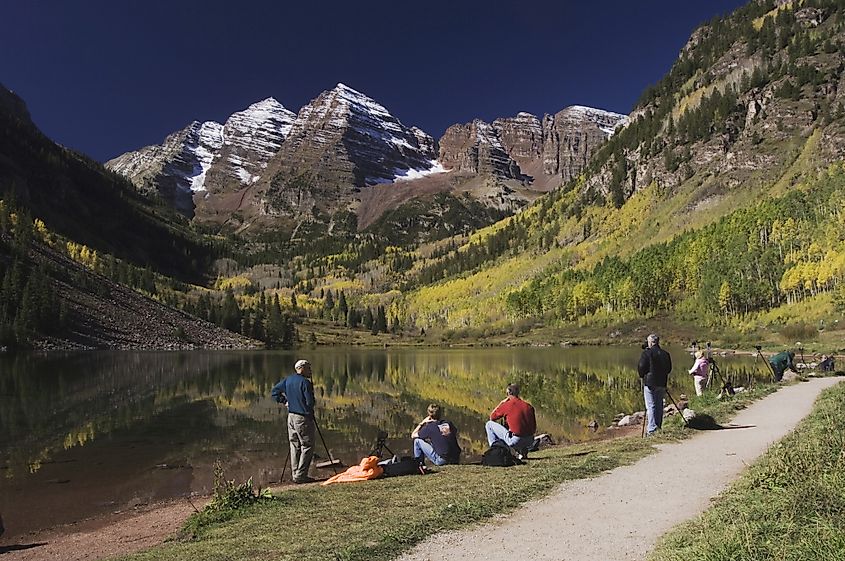
The White River National Forest attracts over 10 million visitors per year, making it the most visited recreational forest in the country. The forest spans over 9,000 sq. km and includes eight officially designated wilderness areas, five of which extend to neighboring National Forests.
The White River National Forest offers recreational opportunities for everyone regardless of their age. Visitors can go hunting, fishing, camping, hiking, or even climb the ten peaks higher than 4000 m in elevation in the forest. The forest has hundreds of kilometers of cycling trails and roads accessible by mountain bike. In winter, visitors come to the 12 ski resorts in the woods to enjoy skiing, snowmobiling, and sledding.
